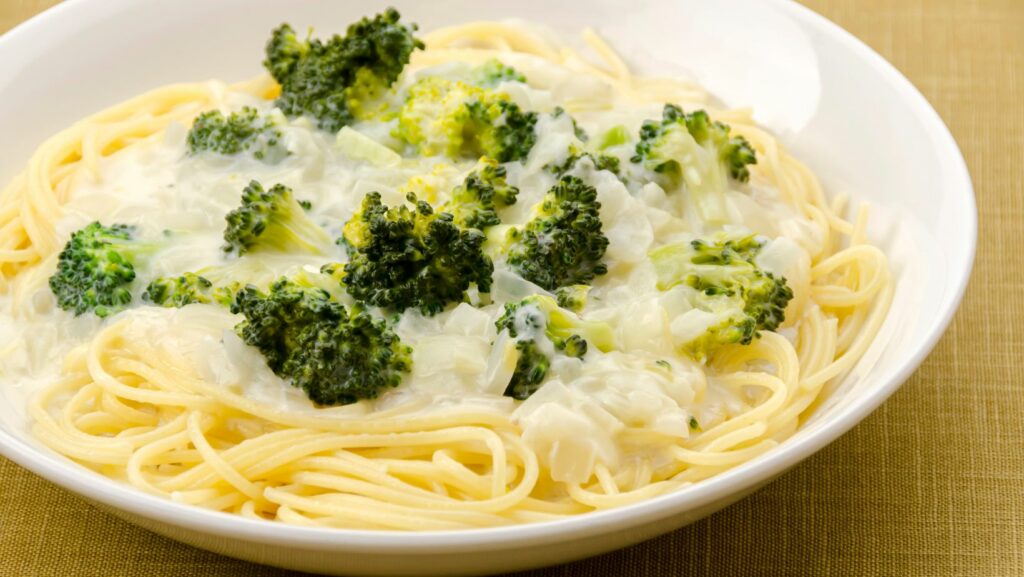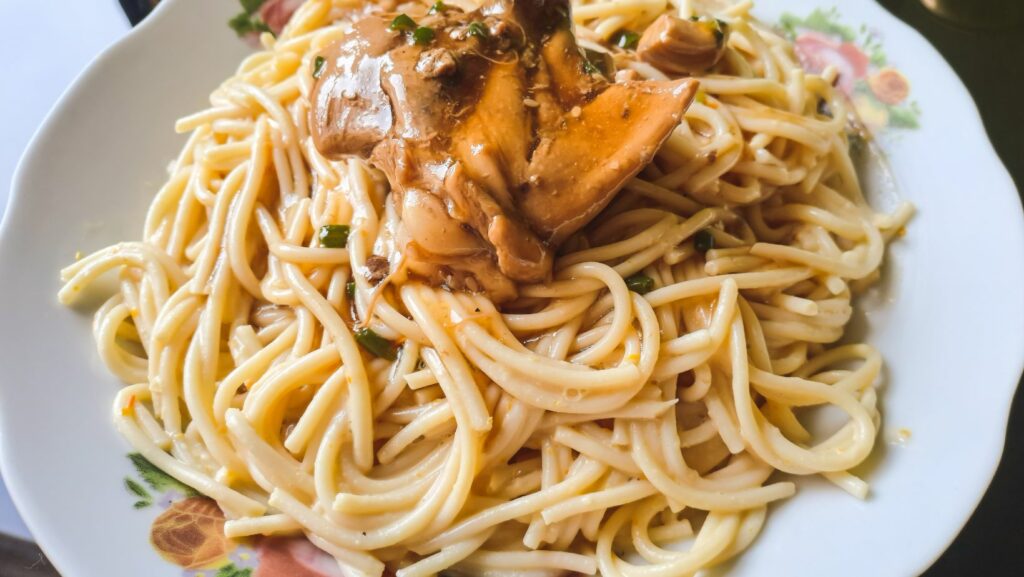80s Food Trends

Step back in time to the flavorful era of the 1980s, where food trends were as vibrant as the neon colors of the decade. From iconic fast food creations to quirky culinary fads, the 80s left an indelible mark on the way people ate. It was a time when convenience and innovation shaped the culinary landscape, giving rise to dishes that are still fondly remembered today.
Exploring the realm of 80s food trends offers a nostalgic journey through the tastes and textures that defined a generation. Whether it’s the rise of microwave dinners, the obsession with all things low-fat, or the birth of fusion cuisine, the 80s were a melting pot of culinary experimentation. Join us as we delve into the delicious, sometimes questionable, but always fascinating world of 80s food trends.
The evolution of 80s food trends reflects a culinary landscape shaped by innovation and convenience. In this era, culinary experimentation thrived, leading to the birth of fusion cuisine, the popularity of low-fat foods, and the widespread adoption of microwave dinners. These trends not only revolutionized how people consumed food but also left a lasting impact on the way we perceive and enjoy different cuisines today.
Popular Dishes of the 80s
Influence of Fast Food Chains

- Big Mac (McDonald’s): The launch of the iconic Big Mac in the 80s revolutionized fast food, becoming a staple in many diets.
- Whopper (Burger King): Burger King’s Whopper gained immense popularity in the 80s, known for its flame-grilled patty and signature taste.
- Taco Bell’s Crunchwrap Supreme: Introduced in the late 80s, this innovative dish combined various flavors and textures, becoming a fast-food favorite.
- Pop Rocks: This fizzy candy sensation took the 80s by storm, offering a unique experience with its popping and crackling sensation.
- Pringles: The stackable potato chips in a tube, like Pringles, became a snack-time favorite in the 80s due to their uniform shape and flavor variety.
- Cool Ranch Doritos: Introduced in the mid-80s, these flavored tortilla chips quickly gained a dedicated following for their zesty taste.
Health and Nutrition Concerns

The 1980s saw a surge in awareness regarding health and nutrition concerns, driven by the increasing prevalence of lifestyle diseases and a growing interest in well-being. During this era, Americans started paying closer attention to the nutritional content of their food choices, leading to a shift in dietary preferences and consumption patterns. While the culinary landscape of the 80s was characterized by convenience and indulgence, it also raised significant concerns about the health implications of popular food trends.
- Sugar Overload
- Sugar consumption reached alarming levels in the 1980s, with a proliferation of sugary snacks, sodas, and desserts flooding the market. The excessive intake of refined sugars was linked to various health issues, including obesity, diabetes, and heart conditions.
- The Low-Fat Craze
- The 80s witnessed the rise of the low-fat craze, with many food products marketed as “low-fat” or “fat-free” to cater to health-conscious consumers. This trend, although well-intentioned, often led to the overconsumption of processed foods loaded with sugars and artificial additives.
- Microwave Dinners and Processed Foods
- The convenience of microwave dinners and processed foods became a staple in many households during the 1980s. While these products offered a quick and easy meal solution, they often lacked essential nutrients and contained high levels of sodium and preservatives, raising concerns about their impact on health.
- Synthetic Additives and Preservatives
- The widespread use of synthetic additives and preservatives in packaged foods raised red flags among health experts in the 1980s. Consumers became more aware of the potential health risks associated with consuming products laden with artificial colors, flavors, and preservatives.
- Nutritional Education Initiatives
- In response to the growing health and nutrition concerns of the 1980s, initiatives promoting nutritional education and awareness gained momentum. Public health campaigns aimed to educate the population about making healthier food choices and understanding the importance of a balanced diet.
- Shift Towards Wellness
- The increasing focus on health and nutrition in the 1980s marked a gradual shift towards wellness and mindful eating practices. Consumers became more conscious of the importance of incorporating fruits, vegetables, and whole grains into their diets to maintain overall well-being.

